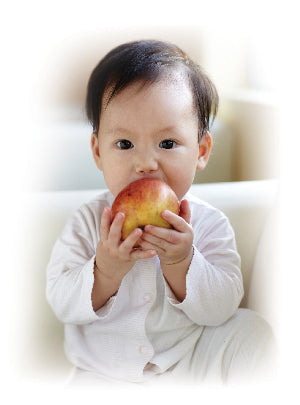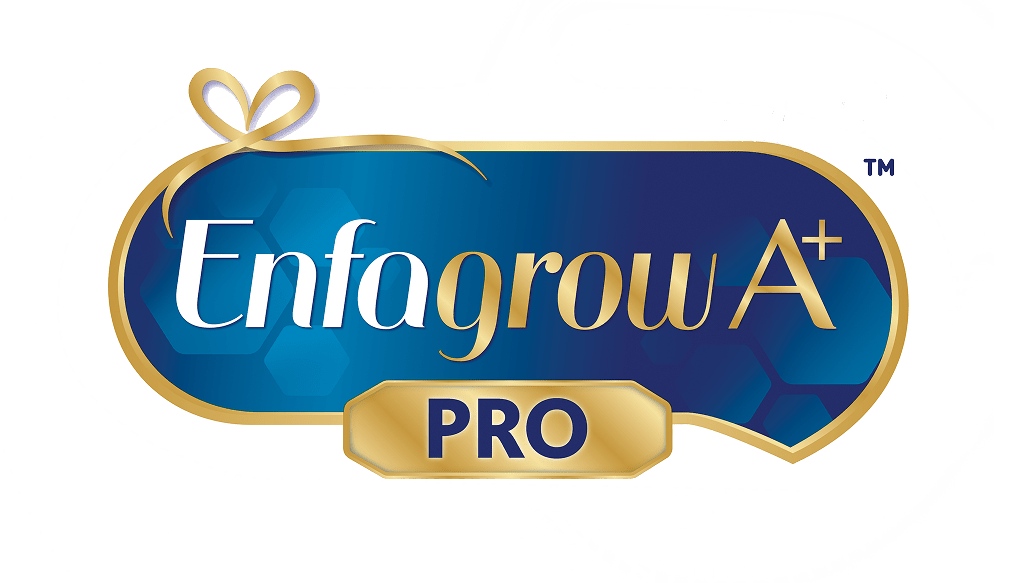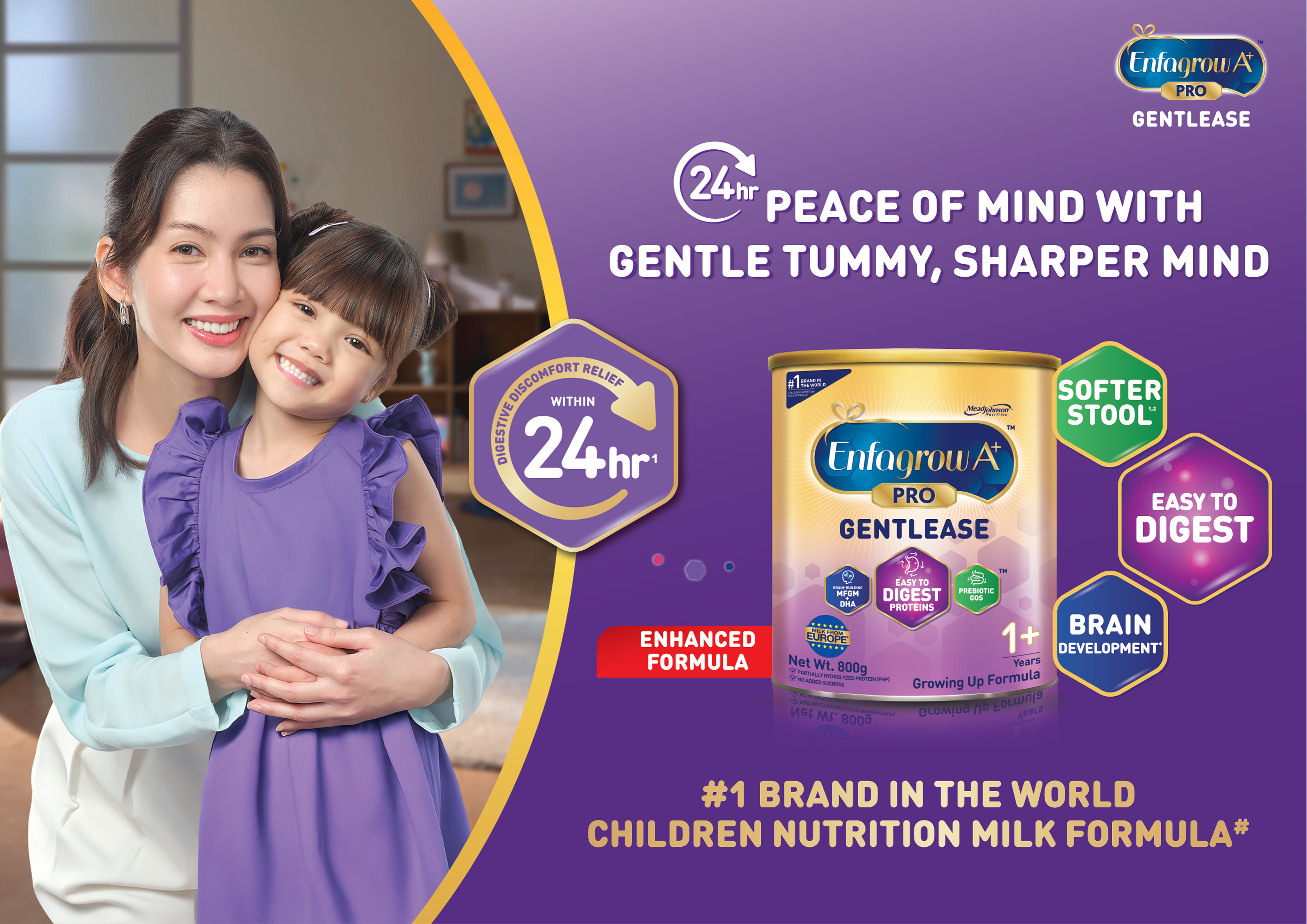
Your child’s nutritional needs change slightly at about his seventh month. While your child can still get all his nutrients from breast milk or formula at this stage, you may want to start introducing some solid foods if your child appears ready. Here are some suggestions of how to continue to meet your child’s nutritional needs with healthy foods to start good habits. Make sure to avoid possible choking hazards (you may need to mash some foods, for example), and consult with your doctor about how to best introduce solids.

DHA
Why it’s important
Found abundantly in the brain.
Where can my child get it?
Salmon, blue fin, tuna, sardines, anchovies and herring.


Choline
Why it’s important
Help support overall mental functioning.
Where can my child get it?
Milk, liver, eggs and peanuts.

Iron
Why it’s important
Iron is an important component of red blood cells which carry oxygen to all parts of the body to help the body’s production of energy. Iron is needed to produce haemoglobin, the protein in red blood cells that carries oxygen to tissues. Iron is needed to produce myoglobin, the protein that helps supply oxygen to muscle.
Where can my child get it?
Red meat, liver, poultry, shellfish, whole grains, beans, nuts, iron-fortified cereals. 4

Carbohydrates
Why it’s important
Carbohydrates supply energy to fuel your child’s activity and growth; they help protein to be used efficiently in building new tissue. Glucose derived from carbohydrates is the brain’s main source of energy, and a steady supply helps regulate energy, mood and focus - all essential for learning.
Where can my child get it?
Whole grain products such as breads and cereals, potatoes, corn, legumes, fruits and vegetables.

Protein
Why it’s important
Protein provides the essential amino acids needed to aid in the building and maintenance of body tissues. Protein helps in tissue building and growth.
Where can my child get it?
Meat, poultry, fish, eggs, nuts, beans and dairy products. 4

Vitamin A
Why it’s important
Vitamin A is essential for the functioning of the eye. Vitamin A helps to maintain normal skin and mucous membrane.
Where can my child get it?
Liver, egg yolks, and dark green and deep yellow fruits and vegetables.

Vitamin B12
Why it’s important
Vitamin B12 is necessary for fat, carbohyrate and protein metabolism. Vitamin B12 is needed for/helps in the formation of red blood cells.
Where can my child get it?
Meat, fish, poultry, cheese, egg yolks and liver.

Vitamin C
Why it’s important
Vitamin C enhances absorption of iron from non meat products.
Where can my child get it?
Fruits (citrus fruits, papaya, cantaloupe, strawberries) and vegetables (potatoes, cabbage).

Vitamin D3
Why it’s important
Vitamin D3 helps support calcium absorption and improves bone strength. Vitamin D3 helps the body utilize calcium and phosphorus.
Where can my child get it?
Egg yolks, liver, fatty fish and sunlight (synthesized in the body upon exposure of skin to sun).
References:
- FAO 2010. Fats and fatty acids in human nutrition. report of an expert consultation. FAO Food and Nutrition Paper no.921.FAO:Rome.
- Dietary Reference Intakes, USA.
- Published by the Food and Nutrition Board, Institute of Medicine/TeThe National Academies Press (1998)
- https://www.parents.com/kids/nutrition/healthy-eating/must-eat-nutrients/



